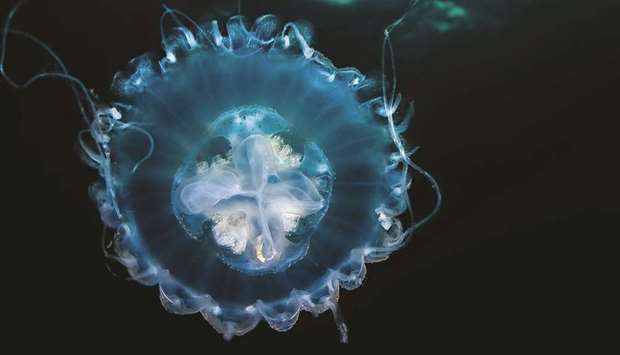Diving and underwater photography is a combination of sport and social activity. Besides, it also has an important economic and environmental dimension. The number of divers is increasing every day and around a million new certified divers get into the mix annually according to the Professional Association of Diving Instructors (PADI). This is a boost for the tourism industry as well.
In these photos I have used macro lens for sharper details here. Once you’ve spotted life under water, you need to be quick and ready in the right spot with the right camera equipment whilst having the right distance so that you do not lose focus, especially on macro photography.
—Text and picture by Khaled Zaki, a diving consultant, PADI ambassador, and UW photographer @khaledzakidiving

Jellyfish have drifted along on ocean currents for millions of years, even before dinosaurs lived on the Earth. The jellylike creatures pulse along on ocean currents and are abundant in cold and warm ocean water, in deep water, and along coastlines. But despite their name, jellyfish aren’t actually fish u2013 they’re invertebrates, or animals with no backbones. Jellyfish have tiny stinging cells in their tentacles to stun or paralyse their prey before they eat them. Inside their bell-shaped body is an opening that is its mouth. They eat and discard waste from this opening. Source: National Geographic


